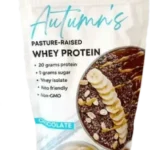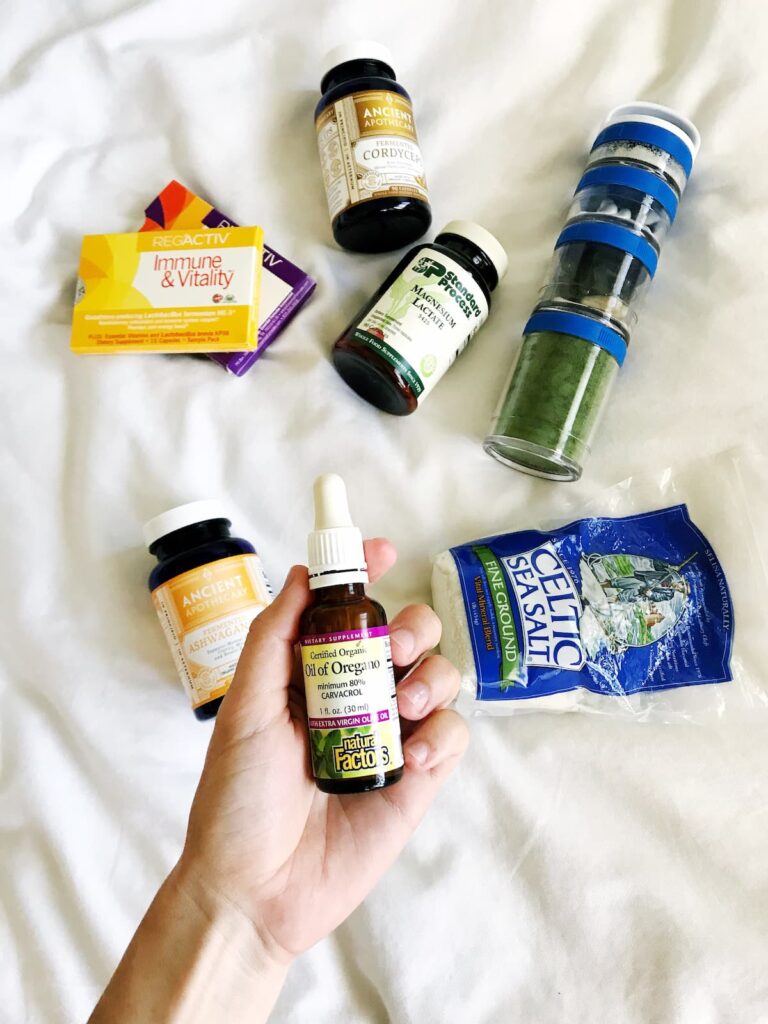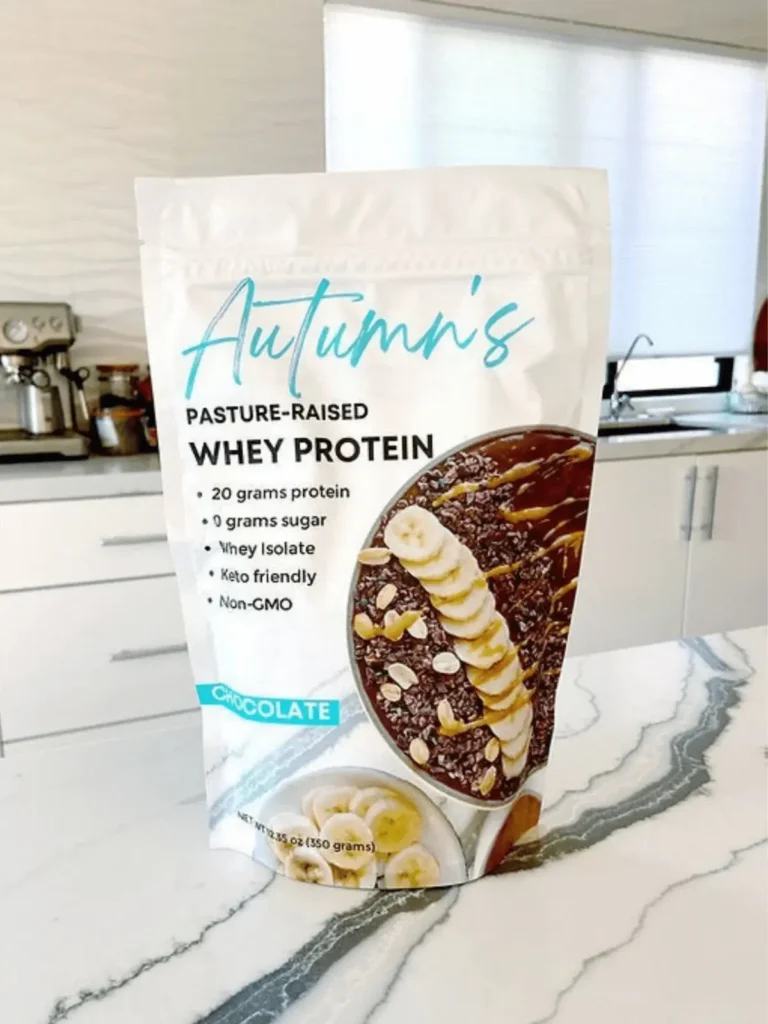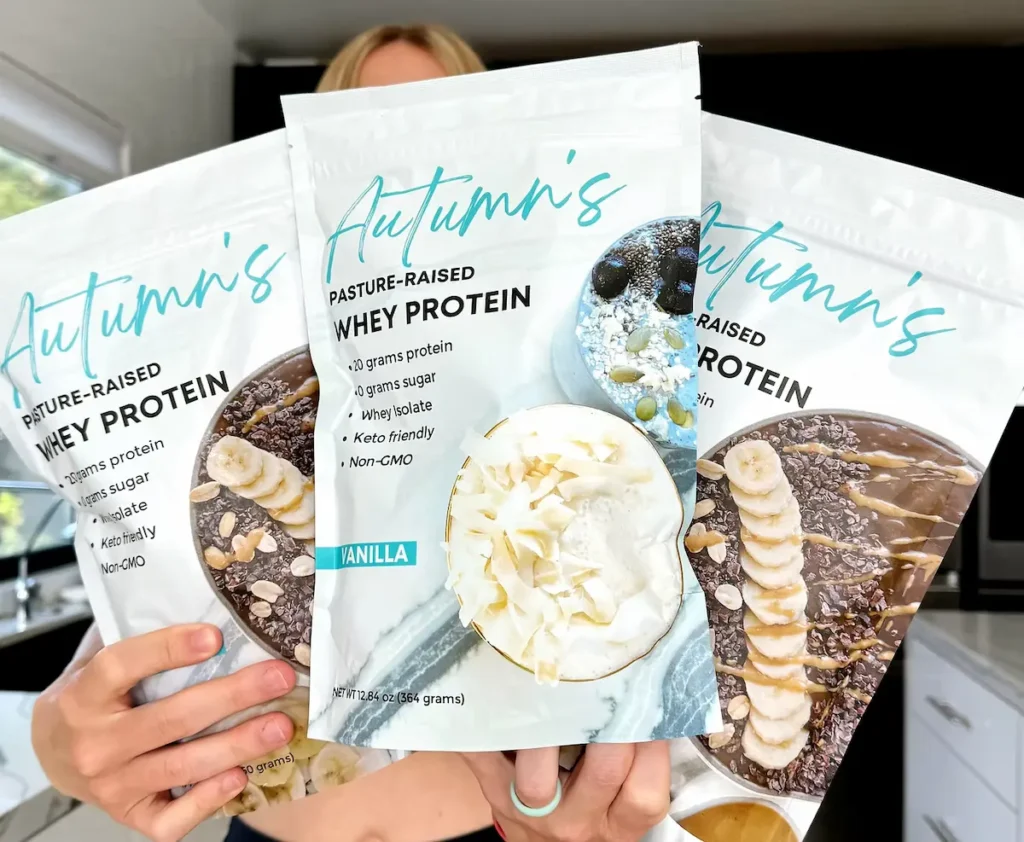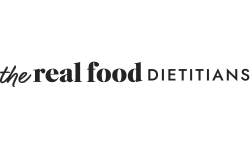After my first pregnancy, I was able to lose 20 pounds and increase my metabolism by following these 4 simple tools.
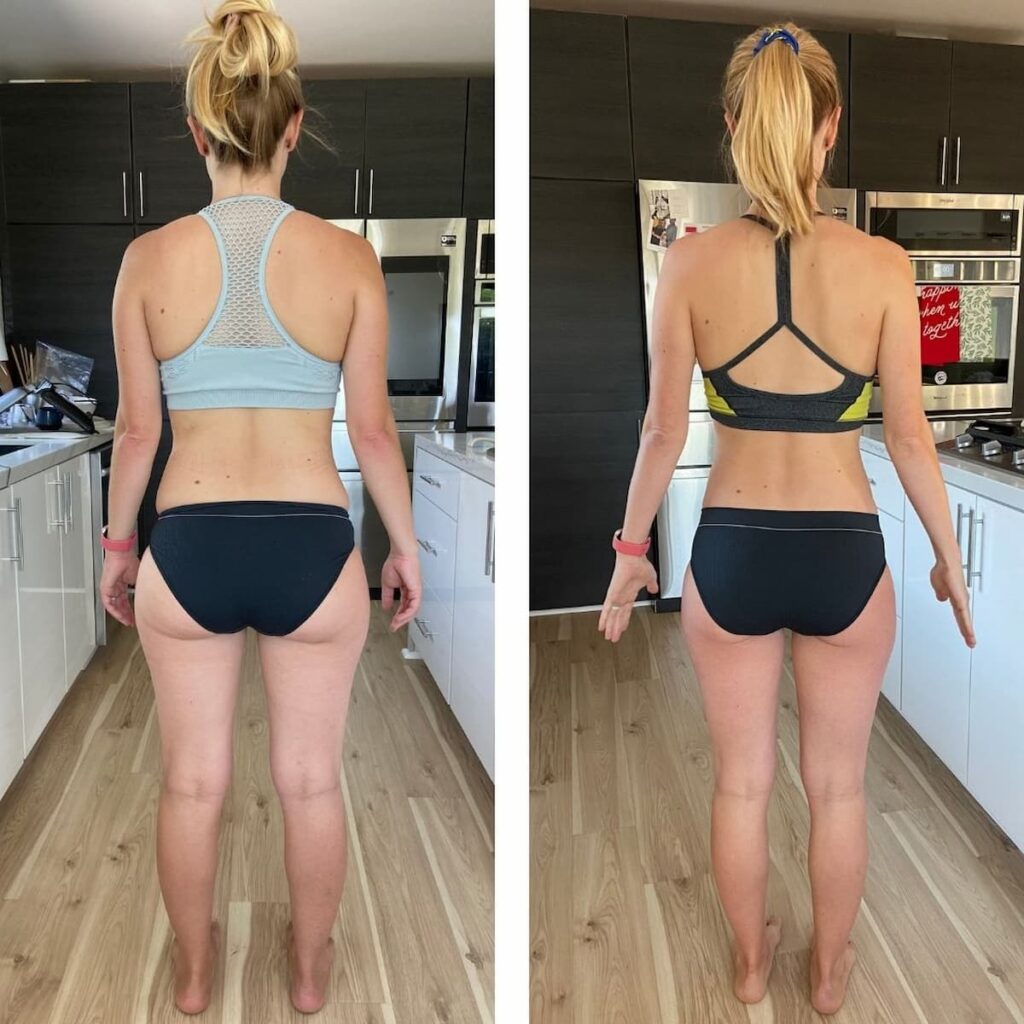
As I approach the end of my second pregnancy, I’m realizing that in a few weeks/months I’ll be shifting my mental focus to losing the excess body fat that I gained.
With my first pregnancy, I gained about 20 pounds of body fat, outside of the weight “gained” from the baby, blood volume, placenta, etc. Initially, I had a bit of a hard time losing the weight because my metabolism slowed down quite a bit during my first pregnancy.
Once I figured out that my metabolism was a little wrecked from losing muscle and eating more sugar, I started to put into action the science-backed tools to increase my metabolism once again.
After a month or so of doing these 4 things to increase my metabolism, the body fat started to drop pretty rapidly. In just 8 weeks I lost 16 pounds of fat and by 10 weeks I had achieved my postpartum weight loss goal.
And guess what? I didn’t count a single calorie throughout my entire weight loss journey!

That’s the power of a healthy and thriving metabolism – once it’s healed, fat loss becomes so much easier. Thankfully as a Nutritionist with my Masters in Nutrition and Human Performance, I had the science-backed tools that I could tap into so that I could see lasting results faster.
These tools work so well that I plan on using them once again when I’m ready to start losing the pregnancy weight after my second baby.
Today I’m sharing the 4 things I did to increase my metabolism and lose 20 pounds.
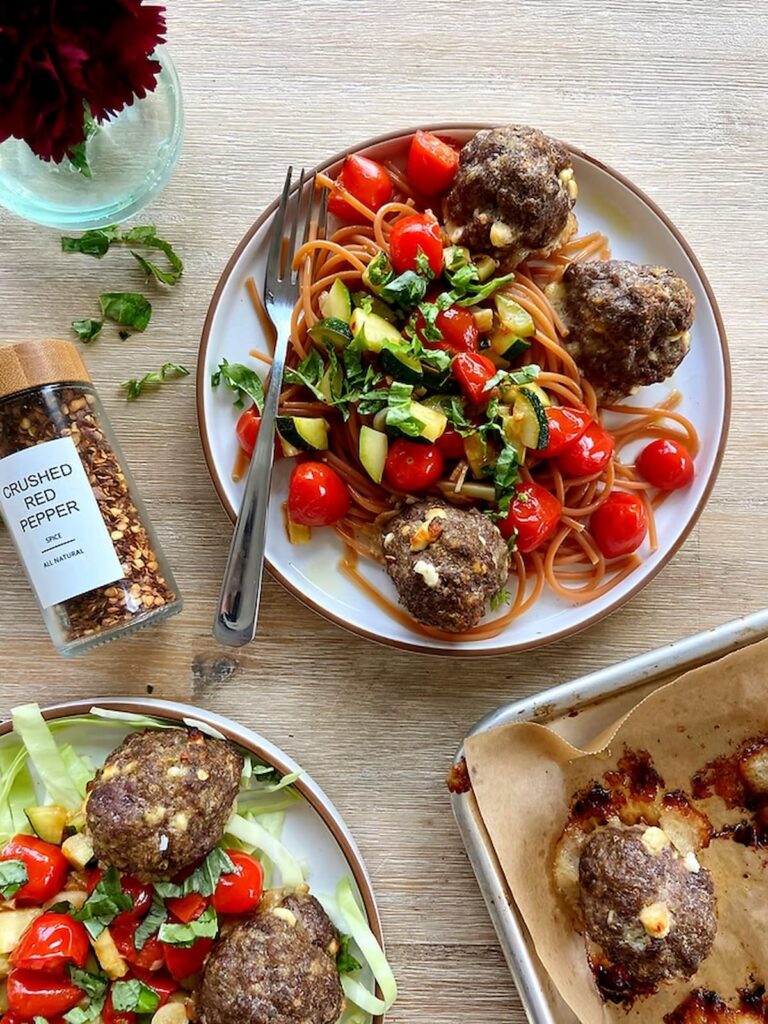
100+ grams protein everyday
Typical weight loss strategies that combine low calorie diets and more exercise often result in a slower metabolism because of muscle loss. Our muscle is the main tool we have for increasing or decreasing our metabolism. If we lose muscle, like what usually happens during a weight loss journey, our metabolism tanks.
This is why weight loss plateaus are very common. As you start to lose weight, much of that weight loss comes from muscle. This causes the metabolism to slow. Your new slower metabolism now requires you to eat even less in order to continue losing weight.
For a little bit, you’ll start losing weight again by eating less… until you hit your next weight loss plateau. And so the cycle continues. One super easy way to combat this muscle loss while losing weight is by eating more protein. Protein helps to stop muscle loss even while you’re losing weight. This is hugely important because it means that you can burn more fat without your metabolism slowing down.
Protein also helps the muscles recover from exercise, especially from strength or resistance training. As a result, you not only prevent muscle loss, but you can potentially even gain a little muscle while also losing fat. It’s this golden duo that causes you to not only lose fat, but also increase your metabolism!
So that’s exactly what I did. I started eating at least 100 grams of protein per day with roughly 30-50 grams of protein at every single meal.
Each person has a different amount of protein that they need to eat to support their goals. I have a free protein calculator that you can play around with to help determine how much protein you need to eat.
On top of burning fat and boosting my metabolism, I also wasn’t hungry because of my higher protein intake. Protein increases hormones like peptide YY and GLP-1 that tell your brain you’re full and satisfied. Because I wasn’t constantly feeling deprived, I was able to eat until satisfied, not count calories and continue to burn fat (almost effortlessly).
And what’s great is I was making a ton of tasty, high protein meals that didn’t feel like I was “deprived” at all. One of my FAVORITE recipes during this time were my zero added sugar Chocolate Chip Protein Waffles. So dang good.
These were some of my favorite high protein recipes I ate while losing weight:
- Summer Harvest Pasta (pictured above, from my Body Recomposition Program)
- Chocolate Chip Protein Waffles
- Low Carb Shepherd’s Pie
- Apple, Almond Butter and Cottage Cheese Bowl with Cinnamon
- Zucchini Lasagna
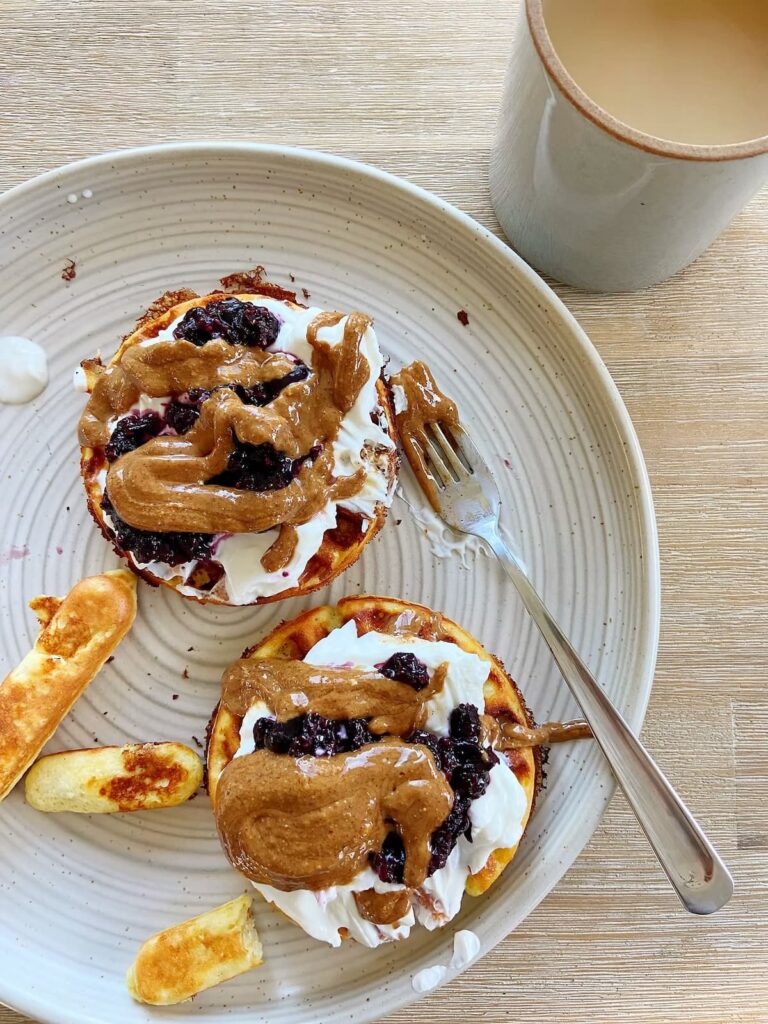
Zero added sugar
Sugar, especially added sugar, can cause the metabolism to slow down. It does this by increasing insulin resistance and switching the body out of “fat burning”.
Not all sugar will have this same impact. Studies show that sugar sweetened drinks are some of the biggest culprits. Other big players include foods with added sugar like muffins, cookies, baked goods, candy, “snack foods”, jam, jelly, ice cream, donuts, etc.
It doesn’t help that food high in sugar are very addictive. Our taste buds are constantly adjusting to the sweet taste too, meaning you have to keep eating sweeter and sweeter foods to get the same “sweet” taste.
During my journey of increasing my metabolism, I decided to stack the cards in my favor and remove all forms of added sugar.
As a general rule, I don’t consume a ton of added sugar, but there were some sweeteners that snuck into my diet during pregnancy. This included sneaky “added” sugars like dried fruit, honey and maple syrup.
I still ate other carbohydrates like whole fruit, but I made sure to remove all forms of added sugar while my metabolism healed.
A huge resource for me was my 7 Day Detox program. I stuck to the “foods to avoid” list and made sure to include the foods that help to promote liver detox to best support my body.
Related: My 7 Day Sugar Detox Program

Jumpstart your wellness journey
7 Day Detox
The 7 Day Detox provides a complete reset for your body, naturally promoting detoxification while curbing sugar cravings with a structured plan.

Slowly ramped up strength training
Strength training is the best form of exercise for increasing the metabolism. Cardio, like running and cycling, tend to burn more calories during the exercise itself, but those forms of exercise are actually not great at keeping muscle mass.
In fact, cardio can often result in muscle loss which can make the metabolism worse, especially when combined with typical calorie restriction.
On the flip side, strength training doesn’t burn a ton of calories while you’re actually doing it. However, it does help to tell your body to hold onto muscle and even increase muscle, which in turn ramps up the metabolism and makes it even easier to burn fat.
Immediately postpartum, I obviously wasn’t able to suddenly start squatting with super heavy weights. My body had to heal from carrying a baby for 9 months and then birthing that baby.
Once I was cleared for exercise, I slowly started to add in strength training. This began with simple body weight, core and pelvic floor exercises that were prescribed to me by my pelvic floor therapist.
After a few weeks, I added in a beginner strength training program using the Sweat App. I liked that the workout programs within the Sweat App were “progressive”, meaning they increased in volume and intensity as the weeks progressed and as I got stronger.
After I finished that 12 week program, I switched to a traditional strength training program that focused on moves like the deadlift, squat and overhead press. It was once I added in the strength training exercises that I really started to see changes in my body, fat loss and overall tone.

Only low glycemic load carbs
The glycemic load is a measurement of how much a carbohydrate raises blood sugar levels. The higher it raises blood sugar, the higher glycemic load it’s considered. If it doesn’t raise blood sugar very much, then it’s considered low glycemic load.
Low glycemic load carbs include foods like green leafy veggies, whole fruits, some legumes, broccoli, cauliflower, artichoke, etc.
High glycemic load carbs include foods like rice, most bread, most pasta, grains, added sugars and processed foods.
Related: The Complete Glycemic Load Food Lists + Meal Ideas
Although studies on low glycemic index diets don’t necessarily show consistent results with weight loss, I’ve found that by combining low glycemic load carbs with eating more protein, you’re able to reduce hunger, feed good gut bacteria (through the fiber in those carbs) and make it much easier to achieve a fat loss goal while simultaneously increasing the metabolism.
Once I healed my metabolism, I was able to slowly start adding in medium and some high glycemic load carbs while still losing fat. In fact, at a certain point adding starches like sweet potato can be necessary to continue seeing results.
Related: One Year Postpartum Weight Loss Update
But in the beginning, sticking to low glycemic load carbs was quite effective for me.
Final things you need to know
From my experience, any one of these tools can be beneficial on their own, but the real power comes in when you combine them. Each tool builds on the other. When done in combination, it’s pretty wild how quickly you can start seeing results without having to count calories and without having to feel hungry all the time.
This was the exact strategy I put together in my Body Recomposition Program. In fact, this is the program I created and followed to achieve my 20 pound weight loss!
If you’re not sure where to start, you’ll definitely want to checkout my Body Recomposition Program. This program includes over 50 delicious recipes using the food strategies I shared in this post. It also has 6 weeks of meal planning, food lists and over 100 pages of science-backed tips and tools to help you tailor your results to your body and goals.
You can find my Body Recomposition Program HERE.
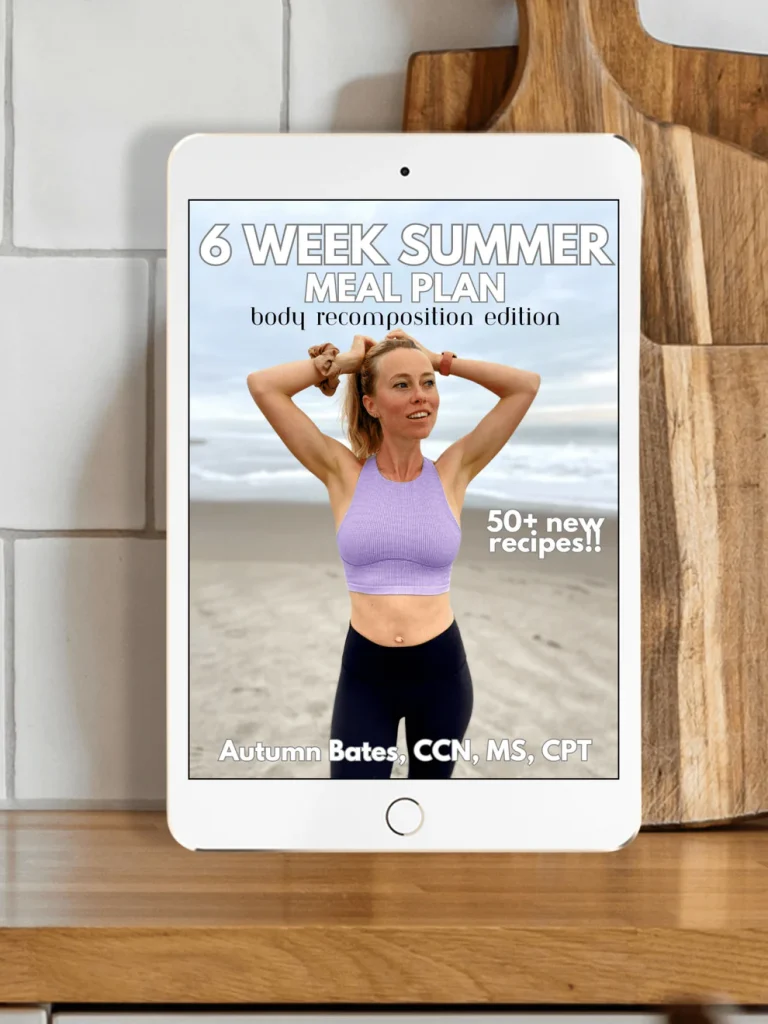
50+ NEW RECIPES!
The Body Recomposition
Meal Plan
The 6 Week Summer Meal Plan is focused on the science-backed tips, tools and recipes to help achieve a body recomposition goal.
